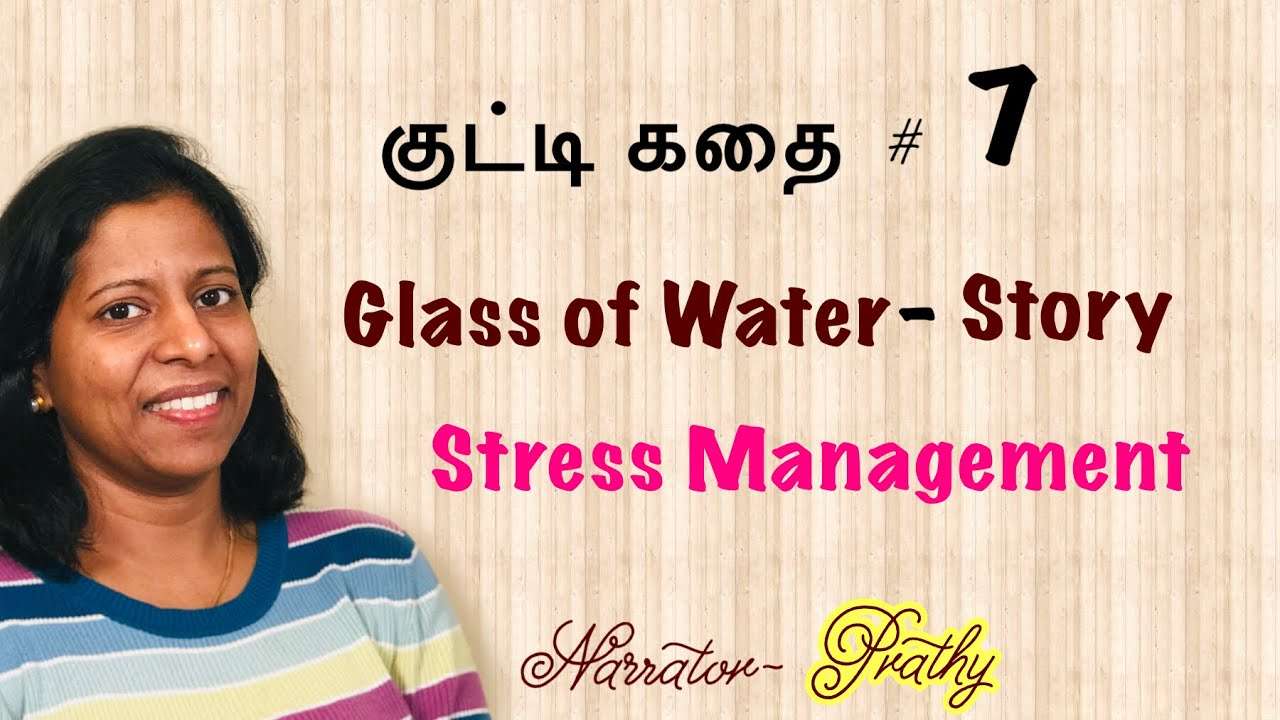Trauma is a deeply disturbing event that infringes upon an individual’s sense of control and may reduce their capacity to integrate the situation or circumstances into their current reality. When most people think about trauma, they tend to think about those who have been exposed to war, combat, natural disasters, physical or sexual abuse, terrorism, and catastrophic accidents. These are some of the most profound and, some may argue, the most debilitating experiences one can endure. However, a person does not have to undergo an overtly distressing event for it to affect them. An accumulation of smaller or less pronounced events can still be traumatic, but in the small ‘t’ form.
How a situation impacts a person is largely dependent on predisposing factors, such as the individual’s past experiences, beliefs, perceptions, expectations, level of distress tolerance, values, and morals. For example, not all military service members who have engaged in combat are diagnosed with PTSD or develop post-trauma symptoms. Whether one develops trauma-reaction symptoms or not can be due to a multitude of reasons, some of which include the predisposing factors described above, in addition to the individual’s ability to process their experience without the presence of significant avoidance.
It is worth noting that developing post-trauma symptoms is by no means an indication of psychological weakness or congenital deficiency. In fact, these difficulties typically develop due to the individual engaging in avoidance behaviors. Such behaviors are engaged to conceal distress with the belief that not addressing what has happened will free the individual of their emotional pain. Avoidance is also engaged so as not to reveal any “weaknesses” or difficulty to others. By most standards, these individuals would likely be referred to as “strong-minded” or “tough”; their ability to experience such hardships and rise above them would be deemed honorable. While the individual’s efforts are intentional with the hope of reducing their psychological distress and not creating concern on the part of others, the literature has made clear that avoidance is the most significant developing and maintaining factor for trauma responses. So “tough,” perhaps yes, but effective, no.
The DSM-5 defines a PTSD trauma as any situation where one’s life or bodily integrity is threatened; these are typically large ‘T’ traumas. While small ‘t’ traumas for the most part would not lead to the development of pure PTSD symptoms, it is possible that a person can develop some trauma response symptoms. In other words, the person may experience increased distress and decreased quality of life.
Small ‘t’ Trauma
Small ‘t’ traumas are events that exceed our capacity to cope and cause a disruption in emotional functioning. These distressing events are not inherently life or bodily-integrity threatening, but perhaps better described as ego-threatening due to the individual left feeling notable helplessness. Some examples include:
- Interpersonal conflict
- Infidelity
- Divorce
- Abrupt or extended relocation
- Legal trouble
- Financial worries or difficulty
Small ‘t’ traumas tend to be overlooked by the individual who has experienced the difficulty. This is sometimes due to the tendency to rationalize the experience as common and therefore cognitively shame oneself for any reaction that could be construed as an over-reaction or being “dramatic.” This reaction is a form of avoidance, albeit a much less pronounced form. Other times, the individual does not recognize just how disturbed they are by the event or situation. Perhaps surprisingly, sometimes these events are also overlooked or dismissed by a therapist. This usually does not happen due to the therapist lacking empathy, but rather it occurs due to a lack of understanding about the importance of these experiences for a person’s functioning.
One of the most overlooked aspects of small ‘t’ traumas is their accumulated effect. While one small ‘t’ trauma may not lead to significant distress, multiple compounded small ‘t’ traumas, particularly in a short span of time, are more likely to lead to an increase in distress and trouble with emotional functioning. In fact, it is likely that the reason many individuals present for psychotherapy is due to an accumulation of small ‘t’ traumas. These traumas may have occurred over the course of one’s life or condensed in the recent past.
Large ‘T’ Trauma
A large-T trauma is distinguished as an extraordinary and significant event that leaves the individual feeling powerless and possessing little control in their environment. Such events could take the form of a natural disaster, terrorist attack, sexual assault, combat, a car or plane accident, etc. Helplessness is also a key factor of large ‘T’ traumas, and the extent of experienced helplessness is far beyond that of a small ‘t’ trauma. Large ‘T’ traumas are more readily identified by the experiencer, as well as those who have any familiarity with their plight.
Avoidance takes a much different form with large ‘T’ traumas. The individual tends to more overtly and decisively engage in actions that are classified as avoidance. They may deliberately avoid phone calls from investigators, bury their military uniform and memorabilia in the attic, or avoid crowded places. Their attempts to minimize distress and reduce reminders of the traumatic event are time and energy-consuming, as opposed to the more passive avoidance that occurs with small ‘t’ traumas. One large ‘T’ trauma is often enough to cause severe distress and interfere with an individual’s daily functioning, and this effect is intensified the longer avoidance behaviors endure and treatment is circumvented.
The Hope
If you have endured multiple small ‘t’ traumas or even one large ‘T’ trauma and are aware of its impact on your life, there is good news. You don’t have to suffer in silence and there are treatments that can help. Trauma-focused therapy typically includes evidence-based treatments such as prolonged-exposure and cognitive-processing therapy, as well as EMDR. These are effective (and research-based) treatments that can reduce, if not eliminate, trauma symptoms and PTSD. They are facilitated with the goal of decreasing trauma symptoms, and therefore distress, while simultaneously increasing the individual’s quality of life. Each treatment is quite different, and they include strategies such as recalling and reducing the memory of the trauma and addressing and reprocessing memories, thoughts, and beliefs.
It must be stated that there is no quick fix and there are no “cures” for trauma. Some individuals are successful in eradicating the impact of the traumatic memory on their lives, while others report significant improvement in their quality of life. Regardless, one thing is for sure: when trauma is on the table, avoidance does not work. Rather, “the best way out is always through.”
Most people associate trauma with harrowing events like war or a natural disaster. However, any distressing event that falls beyond the scope of normal human experience can be considered traumatic. Individuals who have experienced trauma are at a much higher risk of developing addiction and substance use disorders, so it is important to understand the overall health implications.
There are two main categories of trauma commonly referred to as Big “T” and little “t.” Big “T” traumas are the events most commonly associated with post-traumatic stress disorder (PTSD) including serious injury, sexual violence, or life-threatening experiences. Threats of serious physical injury, death, or sexual violence can cause intense trauma even if the person is never physically harmed. Witnesses to big “T” events or people living and working in close proximity to trauma survivors are also vulnerable to PTSD, especially those who encounter emotional shock on a regular basis like paramedics, therapists, and police officers.
Little “t” traumas are highly distressing events that affect individuals on a personal level but don’t fall into the big “T” category. Examples of little “t” trauma include non-life-threatening injuries, emotional abuse, death of a pet, bullying or harassment, and loss of significant relationships. People have unique capacities to handle stress, referred to as resilience, which impacts their ability to cope with trauma. What is highly distressing to one person may not cause the same emotional response in someone else, so the key to understanding little “t” trauma is to examine how it affects the individual rather than focusing on the event itself.
Although little “t” traumas may not meet the criteria for a PTSD diagnosis, these events can be extremely upsetting and cause significant emotional damage, particularly if an individual experiences more than one event or if these traumas occur during important periods of brain development like early childhood and adolescence. Evidence now concludes that repeated exposure to little “t” traumas can cause more emotional harm than exposure to a single big “T” traumatic event. Empathy and acceptance for the impact of little “t” traumas can be harder to garner because of the common misconception that these events are less significant than life-threatening emergencies. Minimizing the impact of these little “t” incidents can create adverse coping behaviors such as bottling up emotions or attempting to manage symptoms without support. Failing to address the emotional suffering of any traumatic event may lead to cumulative damage over time.
Research shows that all forms of trauma have a strong correlation to substance abuse. Studies of adolescents in treatment for addiction demonstrate that over 70% cite histories of trauma exposure. Teens who have been sexually abused or assaulted are three times more likely to abuse substances than their peers. Hence, trauma, particularly early in life, is a clear risk factor for addiction.
One possible reason for the link between emotional suffering and addiction is that individuals with untreated trauma tend to bear a multitude of triggers for substance use. Emotional triggers can easily develop into addictive cravings. In the wake of trauma, people’s minds and bodies attempt to protect themselves from future harm by going into “fight or flight” mode resulting in symptoms like anxiety, flashbacks, dissociation, and panic attacks. To cope with the distressing symptoms of trauma, people may self-medicate, numbing their emotional pain with drugs and alcohol. Because addiction stems from the frequency and scope of substance use, there is a correlation between the severity of a trauma survivors’ symptoms and their corresponding levels of desire to numb their collective discomfort.
Individuals with trauma histories are more likely to require professional help and long-term support to overcome their addictions. Treatment centers that focus on dual diagnosis are recommended since treating addiction without addressing underlying trauma leaves clients ill-equipped to manage trauma symptoms on their own and can set the stage for relapse. Treatment and counseling aimed at overcoming trauma and addiction concurrently provide patients with the tools they need to address the serious effects of both big “T” and little “t” trauma.
![]()
From the JourneyPure team where we get to explore a wide variety of substance abuse- and mental health-related topics. With years of experience working alongside those suffering from substance abuse and mental health issues, we bring important messages with unparalleled knowledge of addiction, mental health problems, and the issues they cause.



